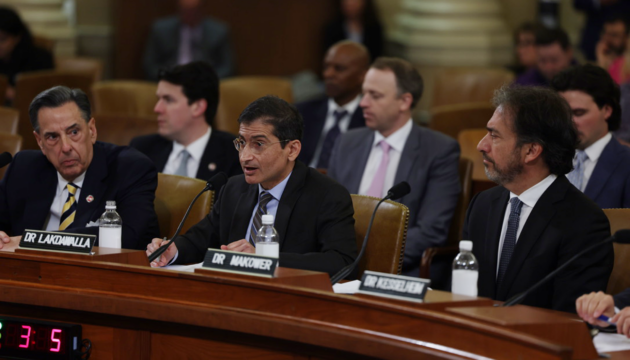Drug Pricing
Our work in Drug Pricing
-
Cancer Drug Trastuzumab And Its Biosimilars Compete On Price For Market Share
Using Medicare claims, Schaeffer experts documented US prescribing patterns for originator biologic trastuzumab (Herceptin), a targeted cancer therapy, and five biosimilar entrants since 2019.
Categorized in -
Biosimilars Drug Market Isn’t Broken After All, USC Schaeffer Study Finds
Researchers looked at cancer therapy trastuzumab (Herceptin) and found biosimilars bring competition to the market, with prices declining by more than half for some versions.
Categorized in -
Four Ways to Make Drug Price Negotiations Work for Everyone
The IRA will be measured not just by how much it can lower prices, but also by whether it continues to encourage drug makers to invest in new treatments.
Categorized in -
Biosimilar Drugs Underutilized Due to Commercial Insurance Restrictions
The first study to examine biosimilar drivers finds commercial insurers limit use in almost 20% of cases.
Categorized in -
Schaeffer Research Director Testifies at Congressional Hearing on Biomedical Innovation and Patient Access
Darius Lakdawalla was part of a panel of experts called upon by the U.S. House Ways and Means Subcommittee on Health.
-
Examining Policies that Inhibit Innovation and Patient Access
Americans have benefited substantially from new medical treatments, and the United States serves as the engine of medical innovation for the world.
-
A Strategy for Value-Based Drug Pricing Under the Inflation Reduction Act
To make sure that CMS is getting its money’s worth for today’s drugs, it must ensure that the maximum fair price is aligned to drug value.
Categorized in -
Comments to CMS on the Inflation Reduction Act’s Drug Price Negotiation Program
Over 20 researchers cosigned a comment letter to Centers for Medicaid and Medicare Services providing recommendations for the Medicare Drug Price Negotiation Program
Categorized in -
New Schaeffer White Paper Offers Solutions to Ensure Greater Patient Access to Prescription Drugs
The researchers propose three strategies for mitigating negative impacts of the Inflation Reduction Act to ensure greater patient access, increased innovation and lower costs.
Categorized in -
Mitigating the Inflation Reduction Act’s Adverse Impacts on the Prescription Drug Market
This paper provides three recommendations to steer the potential effects of the IRA toward its goal of improving patient access while encouraging innovation.
Categorized in









